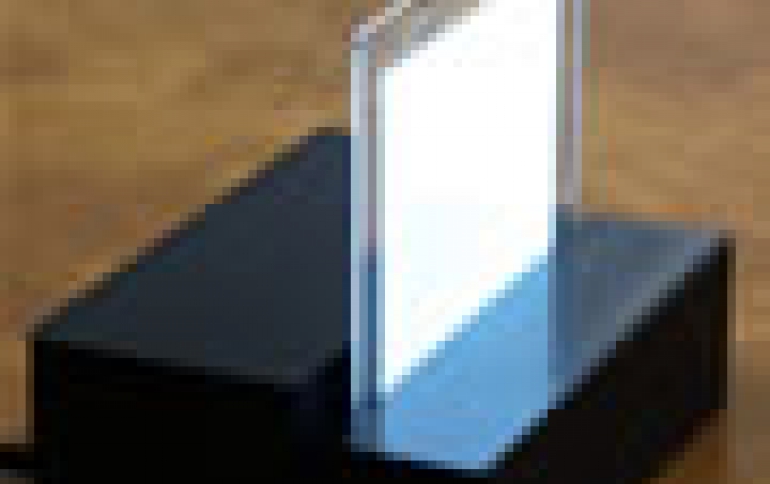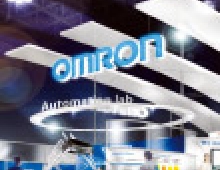
Konica Minolta Prototypes New White Organic EL Light Emitting Device
Konica Minolta Technology Center has developed a white organic electroluminescence (EL) light-emitting device with an initial luminance of 1,000 cd/m2, an emission efficiency of 64lm/W and a luminous half-life of approximately 10,000 hours.
The breakthrough device can be used in applications such as LCD backlight panels and general lighting equipment.
The company has promoted the research of phosphorus materials that have higher emission efficiency than fluorescent materials as the organic EL light-emitting material.
Phosphorus materials are superior to fluorescent ones in emission efficiency, thus high hopes are placed on them as a next-genertion light-emitting material. Thus far, however, in the development of the phosphorus material that enables a luminous half-life of around 10,000 hours and high emission efficiency at the same time, only the green and red phosphorus materials have been available. This time, the company has developed a blue phosphorus material that enables both a long lifetime and high emission efficiency. The material has an initial luminance of 300 cd/m2 and a luminous half-life of about 16,000 hours. With the combination of this material and the red and green phosphorus materials developed by other manufacturers already practicable, the company has prototyped a white light-emitting device with a luminous half-life of about 10,000 hours. The company explains that the emission of white color can be controlled within the range from the bulb color to the fluorescent lamp color by varying the ratio of the light-emitting materials.
The prototyped panel with a thickness of approximately 1 mm uses a glass substrate and includes a light-emitting area measuring 5 x 5 cm. The ddevice is powered by 4 V. At present, the company claims that the panel can be enlarged to a size of 20 x 20 cm at the research department level. The company also reports that a flexible light-emitting device using a plastic substrate is feasible.
It has not yet decided whether or not to independently commercialize the LCD panel backlights and lighting equipment and distribute the newly developed blue phosphorus material.
The company has promoted the research of phosphorus materials that have higher emission efficiency than fluorescent materials as the organic EL light-emitting material.
Phosphorus materials are superior to fluorescent ones in emission efficiency, thus high hopes are placed on them as a next-genertion light-emitting material. Thus far, however, in the development of the phosphorus material that enables a luminous half-life of around 10,000 hours and high emission efficiency at the same time, only the green and red phosphorus materials have been available. This time, the company has developed a blue phosphorus material that enables both a long lifetime and high emission efficiency. The material has an initial luminance of 300 cd/m2 and a luminous half-life of about 16,000 hours. With the combination of this material and the red and green phosphorus materials developed by other manufacturers already practicable, the company has prototyped a white light-emitting device with a luminous half-life of about 10,000 hours. The company explains that the emission of white color can be controlled within the range from the bulb color to the fluorescent lamp color by varying the ratio of the light-emitting materials.
The prototyped panel with a thickness of approximately 1 mm uses a glass substrate and includes a light-emitting area measuring 5 x 5 cm. The ddevice is powered by 4 V. At present, the company claims that the panel can be enlarged to a size of 20 x 20 cm at the research department level. The company also reports that a flexible light-emitting device using a plastic substrate is feasible.
It has not yet decided whether or not to independently commercialize the LCD panel backlights and lighting equipment and distribute the newly developed blue phosphorus material.




















